Fittings
-
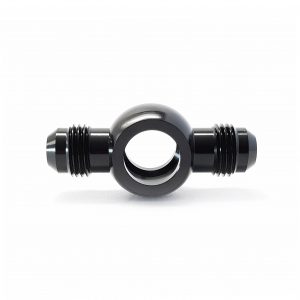
Banjo10 Products
-

Shut Off Valves3 Products
-
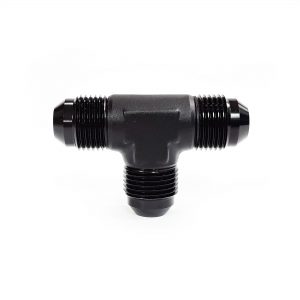
Tee & Y Adapters13 Products
-
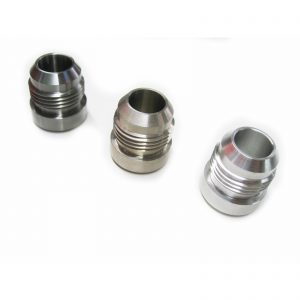
Weld On8 Products
-

1/8" Port Fittings9 Products
-
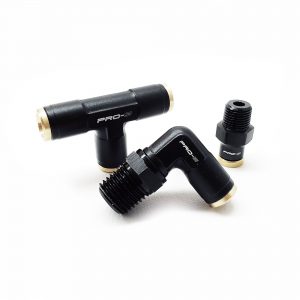
Air Fittings6 Products
-

Bulkhead Adapters3 Products
-
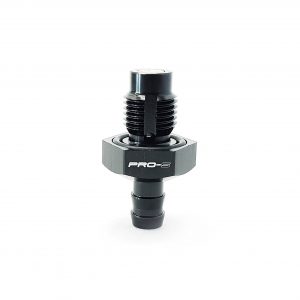
Check Valves3 Products
-
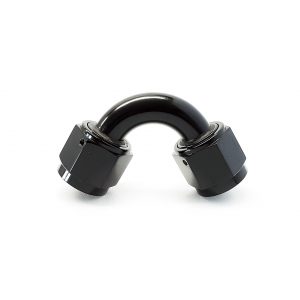
Female to Female Adapters10 Products
-
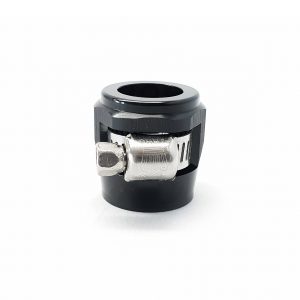
Hex Finishers1 Product
-

Hose Ends70 Products
-
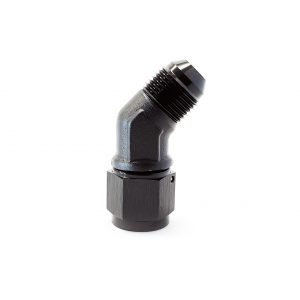
Male to Female Adapters30 Products
-

Male to Male Adapters32 Products
-
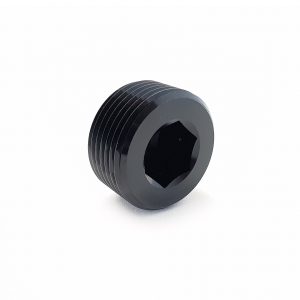
Plugs10 Products
-
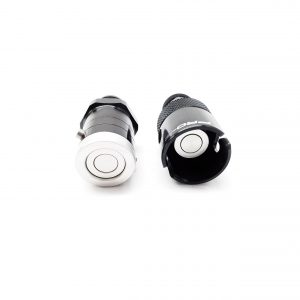
Quick Release Adapters1 Product
What exactly are automotive fittings and why do I need them?
Car Fittings – With the plumbing in each automobile comes with varied ways to measure thread sizes of fittings and hoses. Among this myriad of ways to measure thread sizes, the most common is AN and NPT. The main difference between the two fasteners is their thread type. NPT uses a tapered thread where the fitting is conical in shape, thus requiring a sealant to ensure that the male and female ends are sealed together. On the other hand, the AN car fittings do not require sealant because they are considered flare-type compression fittings.
What are AN car fittings?
The AN in AN fittings stands for Army Navy. It was originally designed as AN tubing for the military aircraft and vehicles. Because they were flexible, they were meant as an alternative to the hard-line tubing found in the latter and thus, measured in AN sizing. AN sizing became the standard for the military for specifying hose sizes. However, AN sizes in vehicles are different from the standard measurement of other industries that also use them. For vehicles, AN fittings can be measured in DASH sizes.
When you say AN sizing, you’re measuring the O.D. or the nominal outside diameter of the metal tube of the fitting. While the AN sizing refers to the outer wall, it does not mean that the I.D. or inside diameter is the same size. This is due to the fact that each hose has a different wall thickness from the others. Every AN size number is issued its own thread size as well.
How do you measure AN fittings?
As mentioned, AN fittings can be measured in DASH sizes. So each DASH number presented is equivalent to 1/16th of an inch. Imagine a hose with an AN8 fitting. With the DASH size equivalent to 1/16th of an inch, the AN8 fitting would be equivalent to 8/16 inch or knowing how our fractions work, equivalent to 1/2 inch.
Here are typical AN sizes and their nominal O.D. equivalent:
- AN2 is equivalent to 1/8 inch. These have a thread size of 5/16 inch.
- AN3 is equivalent to 3/16 inch. These have a thread size of 3/8 inch.
- AN4 is equivalent to 1/4 inch. These have a thread size of 7/16 inch. These are fittings normally found in smaller fuel lines, gauges, brake lines, hoses for compressed air and vacuum lines.
- AN6 is equivalent to 3/8 inch. These have a thread size of 9/16 inch. These fittings are normally found in fuel lines, transmission lines, hydraulic power lines, return lines and compressed air lines.
- AN8 is equivalent to 1/2 inch. These have a thread size of 3/4 inch. These fittings are usually attached to oil lines, fuel lines, transmission lines, and hydraulic power return lines.
- AN10 is equivalent to 5/8 inch. These have a thread size of 3/4 inch. These fittings are usually attached to oil lines, fuel lines, transmission lines, heater hose and power steering lines.
- AN12 is equivalent to 3/4 inch. These have a thread size of 1 and1/16 inch. These are usually found in oil lines, fuel lines, transmission lines, power steering lines, and heater hoses.
- AN16 is equivalent to 1 inch. These have a thread size of 1 and 5/16 inches. These are found in oil lines, power steering lines, and heater hoses.
- AN20 is equivalent to 1 and 1/4 inches. These have a thread size of 1 and 5/8 inches. These are found in oil lines, power steering lines, and coolant lines.
- AN24 is equivalent to 1 and 1/2 inches. These have a thread size of 1 and 7/8 inches. These can be found in oil lines and coolant lines.
- AN28 is equivalent to 1 and 3/4 inches. These have a thread size of 2 and 1/4 inches. These can be found in oil lines and coolant lines.
- AN32 is equivalent to 2 inches. These have a thread size of 2 and 1/2 inches. These fittings are normally found in coolant lines.
How to install AN fittings?
Before installing the AN car fittings, be sure to have your hose ready. If it needs to be cut before installation, have that ready. You can check our guide on how to cut a braided steel hose in the Prospeed Parts article that talks all about hoses and pipes.
-
- Have your AN fittings ready which are a male and female fitting – Each fitting will have 3 components which you will need to install unto the hose. These include the fitting, the ferrule, and the nut.
-
- Insert the nut unto the hose – The cut hose should still have the tape marker around its diameter. This tape will prevent the nut from catching on the hose’s braid.
-
- Expand the braiding of the hose – To do this, use a screwdriver to gently pick around the edges of the stainless steel braiding until they expand and allow space for the installation of the ferrule.
-
- Trim back the outer braiding – This is normally done for black or colored nylon hoses. We trim the excess to prevent the nylon from bunching up under the nut. Take caveat, however, because trimming too much of the braiding will result in a poor installation with the nut not being able to fully cover the braid. So be sure to remove only a small amount.
-
- Install the ferrule on the hose liner – For this stage, you need to be sure that no strands from the braids get between the ferrule and hose liner. It’s important that the ferrule is to compressed within the fitting as it becomes a seal to prevent leaks.
-
- Install AN hose end fitting – Lubricate the nipple on the fitting and insert the nipple into the ferrule and hose and press until bottomed out. To help you with this step, it is advisable to use a vice.
-
- Apply pressure to the braiding as you bring the nut towards it.
- Once connected, tighten the nut with your hand. Put in the new fitting into a vice using the nut end. Choose a wrench with the correct size for the fitting and tighten until you have a 1mm gap between nut and fitting.
For any fitting needs, especially AN hose end fittings, look up Prospeed Parts for hassle-free replacements for any component, no matter how minuscule.

